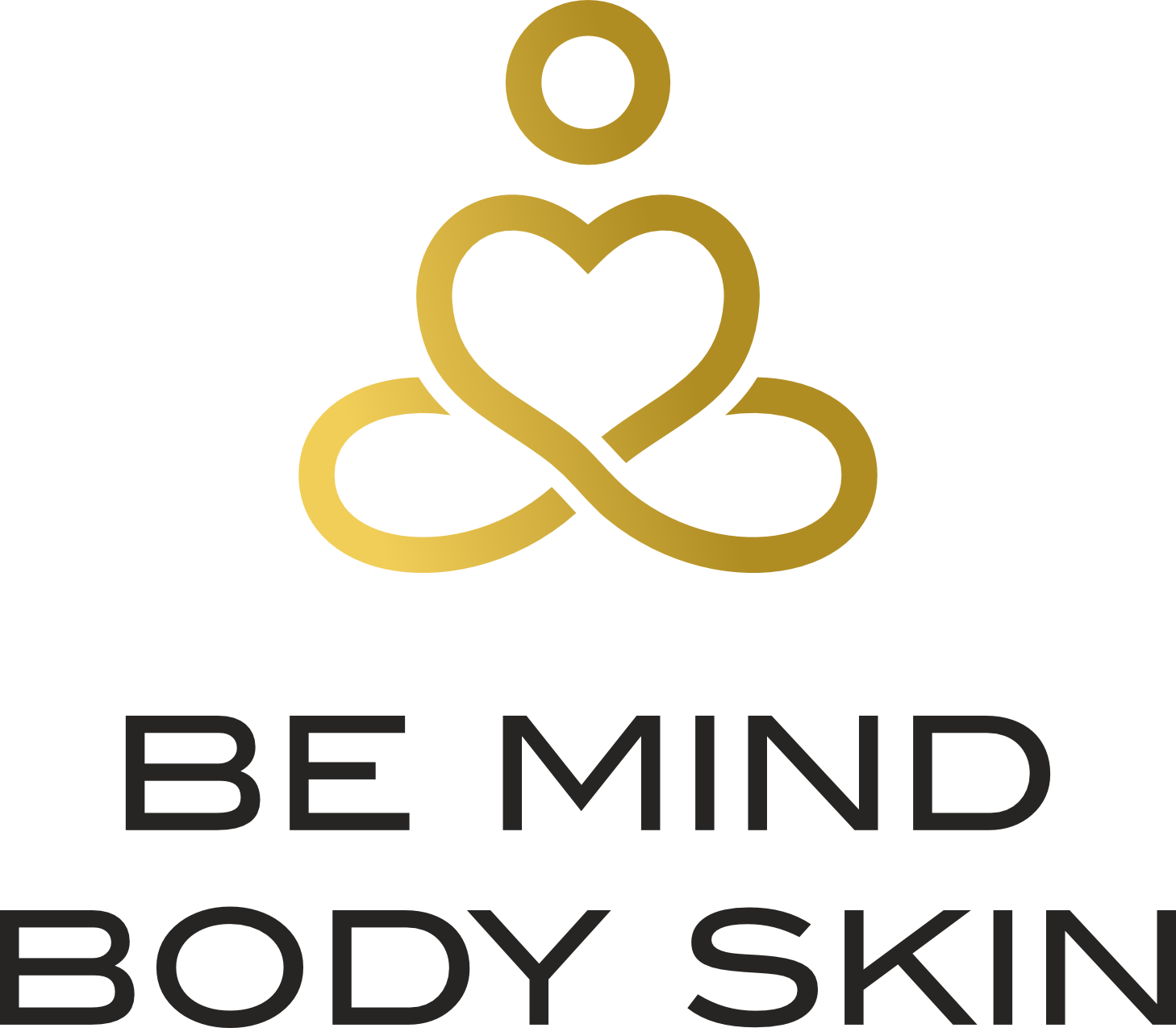Yoga and Meditation
Ayurveda gives real importance to Physical exercise and is described in detail regarding the benefits of practicing it daily.
· What is physical exercise according to Ayurveda?
Such a physical action which is desirable and can bring about bodily stability and strength is known as physical exercise. This must be done in moderation.
· How long should this be practiced?
They are to be practiced until they bring about lightness to the body, ability to work, stability, resistance to discomfort and alleviation of dosha (especially Kapha). The main advantage of practicing exercise is it brings about good digestion.
· Are there any features of correct exercise?
Perspiration enhanced respiration, lightness of the body, inhibition of heart and such other organs of the body are indicative of exercise being done correctly.
Keeping these general factors of exercise in mind, let’s have a look at the poses and meditation techniques for Vata person.
Vata is having the properties like rough, cool, light, subtle, mobile, non-slimy and coarse. Vata is most aggravated in Fall and winter season. Practiced correctly, yoga asanas are the ideal non-strenuous exercise for Vata to alleviate the accumulation of downward air in the colon (the seat of Vata) and massage the joints and muscles, releasing nervous tension as well.
1. Balasana/ Child pose
2. Adhomugha shwanasana/ Downward facing dog
3. Halasana/ Plough pose
4. Malasana/ Garland pose
5. Apanasana/ Wind release pose
In general all postures which relieves Vata from the body. Remember to do it slow and embrace the postures of restorative yoga.
Regarding meditation, go for seated meditation and practice it for 20 minutes twice daily – Transcendental meditation- This meditation practice involves the use of a mantra for 15–20 minutes twice per day while sitting with the eyes closed. Gayatri Mantra is an ideal choice.
Yoga and Meditation for Pitta
Symptoms of excessive pitta dosha may include irritability, anger, aggression, inflammation, and redness. The main sites for pitta dosha in the body are the small intestine, liver, and navel area, so attention should be focused on the navel and solar plexus.
1. Practice Sun salutation which has so many backward and forward bends which in turn opens the area of Pitta concentration.
2. Bhujangasana- Cobra pose
3. Dhanurasana – Bow pose
4. Matsyasana – Fish
5. Artha Matsyendrasana – ½ fish pose
Practicing Pranayama is ideal for a Pitta dominant person. Sheetali (cooling breath) and sheetkari(hissing breath) are best; chandra bhedana (left nostril breathing) and kapalabhati (skull shining breath) are also appropriate.
Empty bowl meditation technique also calms down Pitta.
Yoga and meditation for Kapha
The main seat of kapha in the body is in the chest and lungs, and the qualities of kapha are heavy, slow, dense, dull, soft, oily, and cold.
Practicing yoga at a more vigorous pace can calms down the Kapha
1. Sun salutation – in a faster pace
2. Tree pose
3. Triangular pose
4. Bow pose
5. Upward plank pose
They benefit from energising pranayamas like bhastrika and kaphalabhati.
Meditation is also good for them because of their tendency to become depressed.


